Before and After: What Changed with Dystopian Books
The Starting Point
In the early days of literature, the concept of dystopia was often intertwined with cautionary tales. Popular titles such as “The Hunger Games” by Suzanne Collins and “Divergent” by Veronica Roth captivated a new generation, expanding the audience and igniting discussions about societal structure and personal autonomy.
The Transition Period
As interest in dystopian narratives grew, the genre underwent a significant transformation. I find myself more engaged and conscious of the world around me. Television adaptations, films, and even video games based on dystopian themes have expanded the reach of these critical narratives, bringing them to wider audiences. popular dystopian books classic dystopian books
In summary, the transformation brought about by books about dystopian society has been profound.
Furthermore, these stories were not merely entertainment; they served as reflections of the societal fears of their times. Books like “1984” by George Orwell and “The Handmaid’s Tale” by Margaret Atwood have become essential reading, not just for their storytelling, but for the critical conversations they inspire.
The Transition Period
As the popularity of dystopian literature surged, a transformation began to take shape. Dystopian books became a refuge for those who wanted to explore worst-case scenarios in a safe space. These novels not only became bestsellers but also sparked conversations about critical issues such as:
- Government Control: The extent to which governments can and should regulate personal freedoms.
- Gender Inequality: The treatment of women and marginalized groups in society.
- Environmental Concerns: The consequences of humanity’s neglect of the planet.
- Technological Ethics: The moral implications of advanced technology in our lives.
These themes reflect real-world anxieties, and their exploration within the pages of these novels has led to a greater awareness and discussion among readers.
The Transition Period
The transition period for dystopian fiction occurred during the early 2000s, when these novels began to gain traction in popular culture. They challenge us to reflect on our world, question authority, and consider the implications of our choices.
Readers not only consume these narratives but also engage with them, reflecting on their implications and drawing parallels with real-world events. As we reflect on the changes that have taken place, it is clear that these stories serve as both a mirror and a guide, challenging us to confront the realities of our time and inspiring us to strive for a better future.
It has evolved into a dynamic genre that reflects contemporary issues and concerns. These novels served as cautionary tales, warning readers about the potential dangers of complacency and the erosion of personal freedoms. The genre has transcended its literary roots, influencing film, television, and even political discourse. While these genres certainly have their place, they often lacked the depth that could provoke thoughtful discussions about societal issues.
New titles like “The Power” by Naomi Alderman and “Station Eleven” by Emily St. The mainstream literary world was dominated by romanticism, adventure, and traditional storytelling.
Why Dystopian Books Were Chosen
The rise of dystopian literature can be traced back to various socio-political developments. Initially, these stories were often marginalized, viewed as mere speculation or fantasy. The publication of seminal texts such as “1984” and “Brave New World” sparked a wave of interest in the genre, leading to a proliferation of dystopian novels in subsequent decades.
During this period, readers began to engage with these narratives on a deeper level, recognizing their relevance to contemporary issues. This shift enriched the genre, allowing for a broader examination of dystopian themes.
For instance, books like The Power by Naomi Alderman and Parable of the Sower by Octavia Butler introduced unique viewpoints on power dynamics and survival in dystopian worlds.


